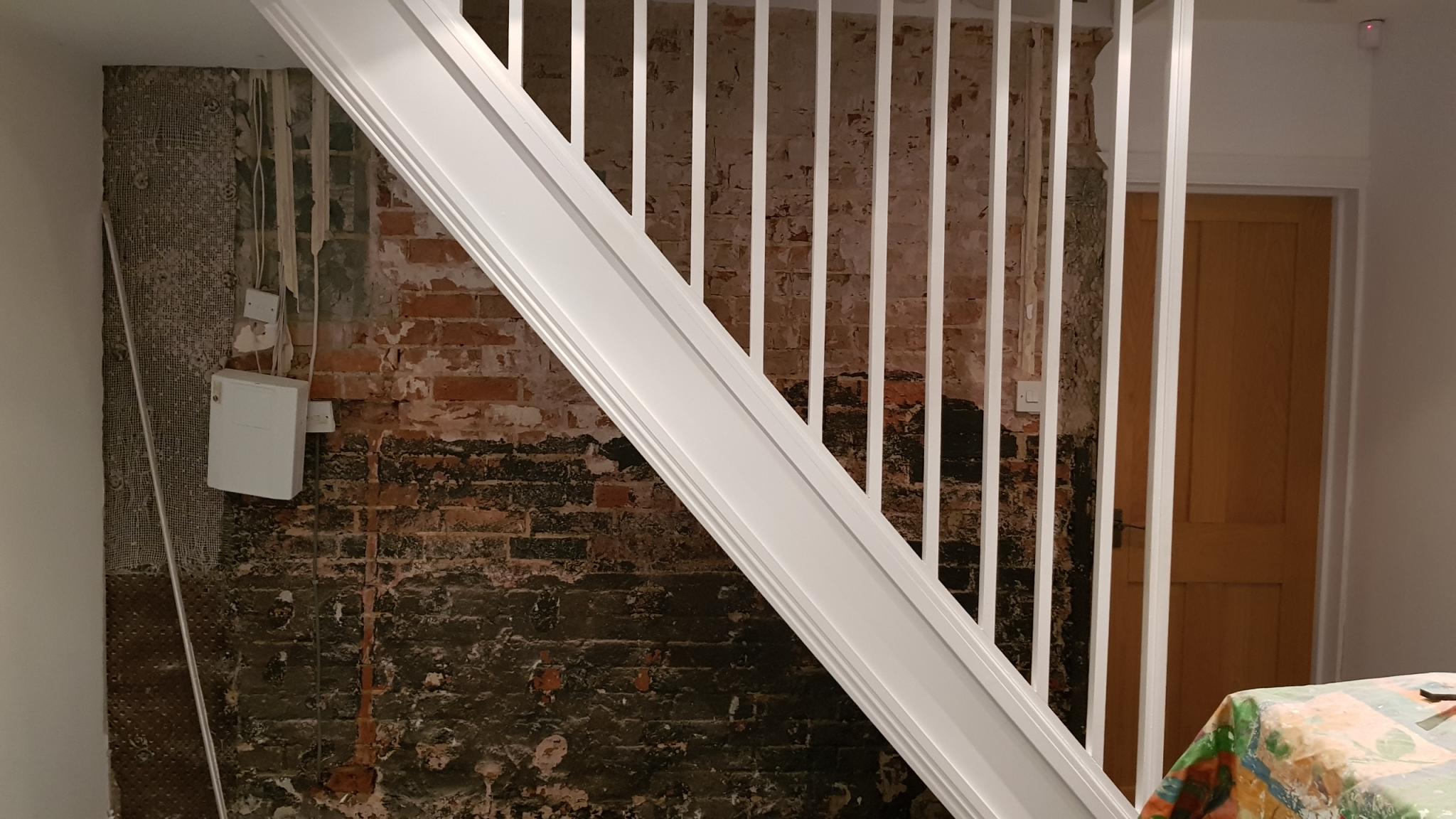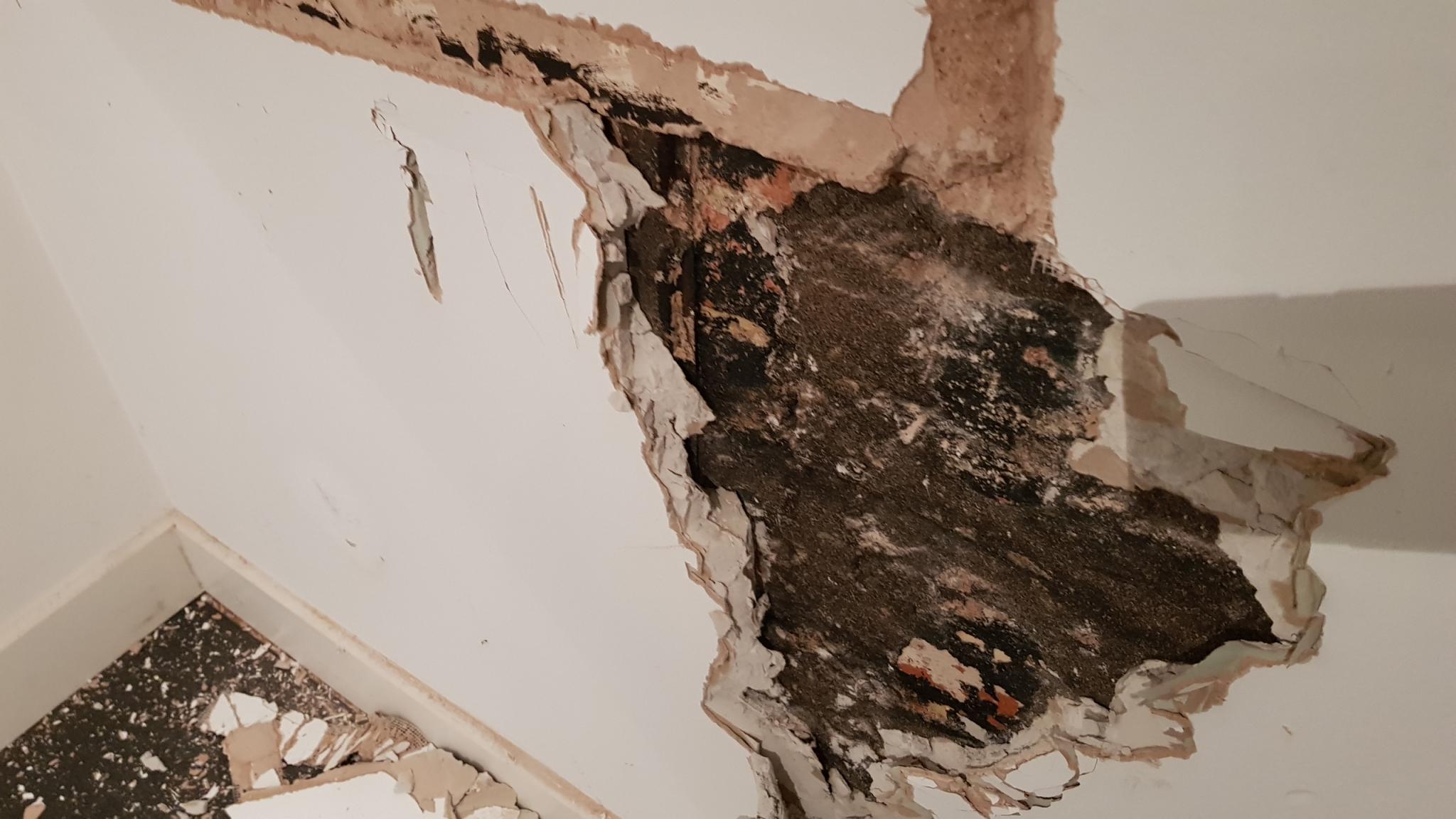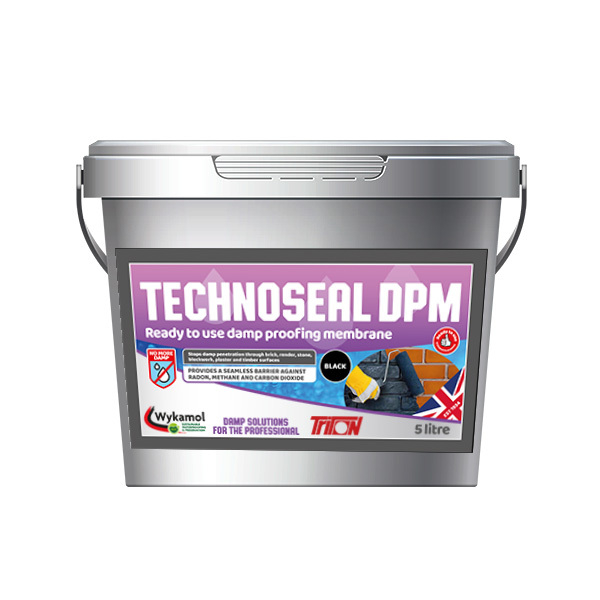News
Damp Proofing A Wall With Damp Proof Paint
Damp proofing a wall with damp proof paint will only offer limited long term success. It is commonly carried out as a quick budget method of damp proofing and often to mask an issue to get a property through a sale.

To have any chance of some form of success, damp proofing a wall with damp proof paint should only be done with the paint applied to the brick face and directly to the existing damp plaster. The reason for this is because any version of damp proof paint will only be as good as the bond of the paint to the wall. Even if after removing damp plaster that reveals a previous coating of damp proof paint, you should not paint over the top of the old paint as th
is may be breaking down from the brick face and de-bonding offering no protection.
The images show a wall suffering from damp which had been previously painted with bitumen paint and then subsequently dot and dabbed with plasterboard. The dabs pulled through moisture in the wall due to the paint breaking down.
How to use a damp proofing paint?
Damp proofing a wall with damp proof paint with some level of success should be carried out in the following way:
- Remove existing damp plaster back to brick.
- Make good any loose brick and mortar.
- Remove any previous coating of paint.
- Remove any signs of grease, oil, dirt and dust.
- Apply first coat of paint in a generous fashion by brush, roller or spray.
- Sand flick with dried kiln sand whilst still wet to form a key.
- Apply second coat of paint and allow to dry.
- Re-plaster with sand and cement using washed sharp sand 3: 1 with integral waterproofer 1: 24 with water
- Apply second coat of render.
- Do not decorate until the wall has fully dried down.
If the cause of damp is due to rising damp then we advise the installation of a chemical damp proof course before carrying out the application of damp proof paint.
The commonly used types of damp proof paint are Bitumen which is commonly known as Black Jack, Latex Polymer, Epoxy and Polyurethane. The product now commonly applied being Latex Polymer which dries to a film type substance. Suitable also for cellars and concrete floors.

Plasterboard dot and dabbed to damp proof paint which was failing allowing damp through the dabs.


